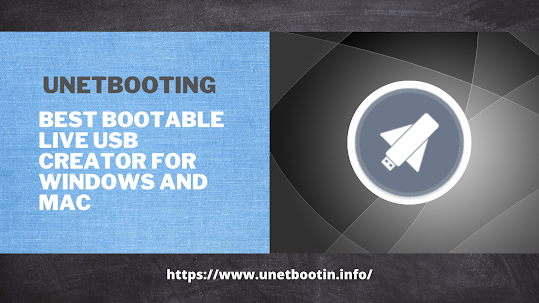
#Unetbootin cd how to#
I made a presentation about how to use a program called Unetbootin with Windows to create a bootable USB stick drive. It is here early as a reference, linked to the Octomeeting of NatickFOSS. This section of the intro guide is being published earlier than usual. We who love Linux, hope you will eventually want to go further, changing your hard disk drive so it is either totally devoted to Linux or setting up to dual boot so you can continue to use your current operating system (Windows?) part time, and use Linux too. Remember that the purpose of this guide is keeping it basic as much as possible. Expanded, more technical information may follow. This section of the guide will begin as the least complicated steps for setting up a USB stick. You can boot into the kind of Free Software you know and love. If you set up the portable USB drive properly, you can carry it with you and use it (with permission) on the computers available wherever you are. You may also put the live image on a smaller, easy-to-carry USB drive stick. You can prepare your own CD/DVD (to be covered in a different section of the guide). However, you don't need to wait if you are bold.
#Unetbootin cd install#
None of them change your hard drive in any way unless you choose to install them there after you have explored the live image for a while. This section of the guide will talk about using Ubuntu from Cannonical, but Fedora from Red Hat, openSUSE or any other live image works fine. There are many versions of linux which have a live image. That means a Live Linux optical disk will quickly set up the image in RAM so you can explore. Most computers are set up to start by first checking the optical drive (CD, DVD) and then the hard drive which is the normal place you have a bootable operating system. Linux Format is one such magazine from the UK (sadly not cheap).
#Unetbootin cd full#
Image Credit: John McCullough, licensed CC-NC-NDīookstores like Barnes and Noble also sell copies of magazines which come with DVDs full of Live Linux distributions. We don't usually carry disks around, but will happily give you a copy at the next meeting after your request. Ask at NatickFOSS and we can make you a copy. Your easiest route is to use a CD or DVD with a live image on it. Like any contents of RAM, the live Linux completely disappears when you shut down the computer. No changes are made to your long term storage, the hard drive. The operating system and programs all load entirely into random access memory (RAM). A live distribution will boot your computer into a fully functional Linux system in a temporary way. It is a good idea to try Linux as a "Live" distribution for a while before you commit to an installation. I welcome complaints and suggestions for improvement of not only this web page, but any other part of the intro guide. This page is also related to a presentation at the OctoNatickFOSS meeting.


As always, a local FOSS user group like NatickFOSS will have friendly people to help you.

That does not mean you can't do the steps, but you might feel more comfortable going through the process with a friend who is computer savvy. This section of the guide is an appendix, in part because it covers material that is NOT introductory. Getting a Look at "Live" Linux with Unetbootin Table of Contents Introduction to Computers with Ubuntu Unity


 0 kommentar(er)
0 kommentar(er)
